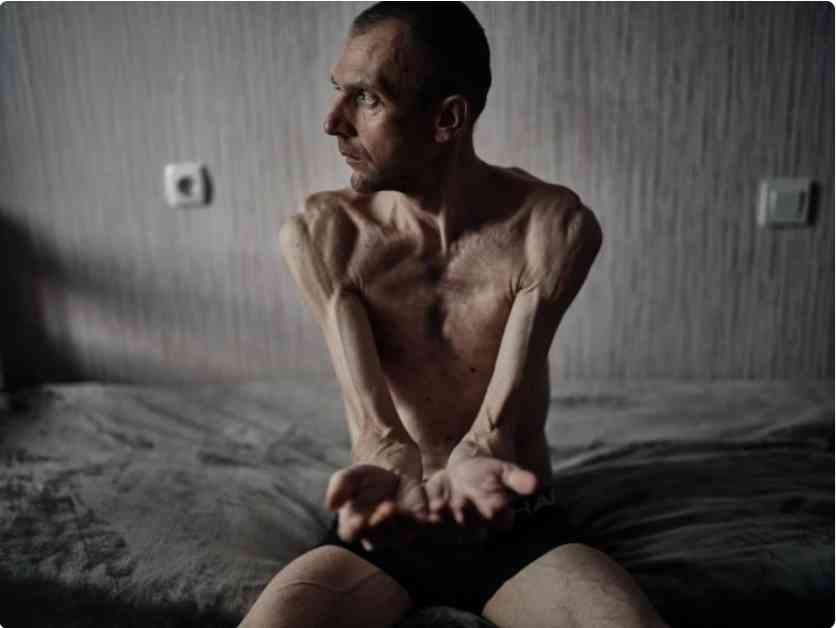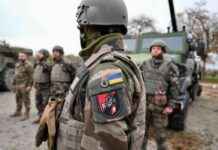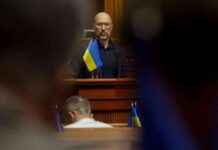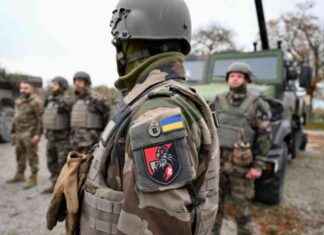UN Condemns Abuse of Ukrainian Prisoners by Russians
This week marked a significant event in the ongoing conflict between Ukraine and Russia as they conducted their first prisoner exchange of 2025, releasing 25 soldiers from each side. Among the released Ukrainians were several defenders of Mariupol who had endured nearly three years in Russian detention since the city’s fall. The soldiers, many of whom were severely wounded or critically ill, were released under a “special format” implemented by Kyiv to prioritize the most vulnerable captives.
The release of these prisoners has shed light on the harrowing conditions they faced while in Russian captivity. Images of returning prisoners with untreated wounds, emaciated bodies, and faces aged beyond recognition have circulated widely on Ukrainian social media platforms, painting a grim picture of the suffering endured during their time as prisoners of war.
United Nations’ Latest Assessment
Just days before the prisoner exchange, on January 8, the United Nations presented its latest assessment of the human rights toll of the war. The report documented systematic violations, including confirmed executions of Ukrainian prisoners of war by Russian forces, widespread torture in detention, and civilian executions in occupied territories. While the report also detailed instances of abuse of Russian prisoners by Ukrainian forces, the scale of violations was notably different, sparking a debate in Kyiv about how to address these findings without drawing false equivalencies.
Discomfort and Moral Complexity
The controversy surrounding the treatment of prisoners of war speaks to a deeper discomfort in acknowledging the full scope of wartime conduct. As the newly released prisoners’ photos circulate online, their broken bodies serve as a stark reminder of the report’s findings about Russian detention practices and the moral complexity of documenting a conflict where the lines between aggressors and defenders are sharply drawn.
Photos Reveal the Reality
The stark contrast between Russian and Ukrainian prisoners of war is most evident in photographs taken before capture and after release. Take, for example, Volodymyr Tsema-Bursov, a 41-year-old Ukrainian soldier whose weight dropped significantly during his 20-month captivity in Russia. The physical deterioration of prisoners like Tsema-Bursov, Mykhailo Dianov, and Maksym Kolesnykov underscores the harsh conditions they endured while in Russian detention.
The False Equivalence of UN Recommendations
Ukraine’s Ombudsman, Dmytro Lubinets, criticized the UN report for drawing parallels between the treatment of prisoners by both sides without acknowledging the fundamental differences in transparency and accountability. While Ukraine has granted international monitors access to its detention facilities, Russia has kept its centers closed to outside observers, leading to a lack of oversight and accountability.
Russia’s Wall of Secrecy
Behind every UN investigation into prisoner treatment lies a stark asymmetry: while Ukrainian detention facilities are open to monitors, Russian centers remain shrouded in secrecy. This lack of transparency hinders efforts to fully understand the extent of abuse suffered by prisoners in Russian custody and underscores the need for international pressure to address these violations.
The plight of Ukrainian prisoners of war highlights the urgent need for accountability, transparency, and justice in conflict zones. As the international community grapples with the complexities of documenting and addressing wartime abuses, the stories of these prisoners serve as a stark reminder of the human cost of armed conflicts.

















